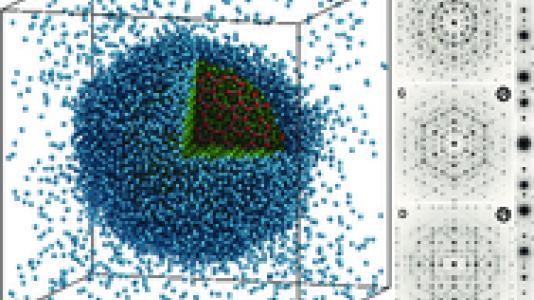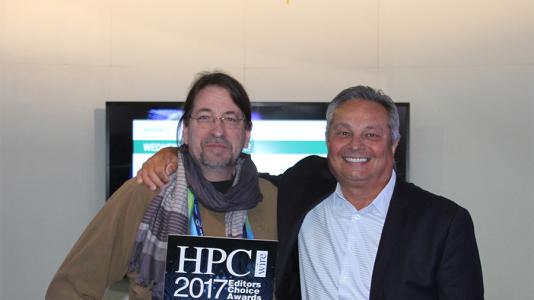PARMFLO significantly reduces the computing time for large (105 or more cells) complex, multiflow problems from several days to one day.
PARMFLO can run serially (on one machine) if necessary to provide an initial benchmark run, or to check preliminary inputs or debugging. It can perform steady or transient simulations in three dimensions. It employs the standard message passing interface (MPICH) developed at Argonne for parallel computing with domain decomposition being in one spatial direction.
Running times will depend upon the number of processors used. A sample case with about 240,000 nodes, for a steady state case of the mixing of three fluids using 10 processors, reached reasonable convergence in about 40 seconds. The code is fully operational and a variety of CFD studies have been run using it.
Phases of a flow problem may include an ideal gas mixture with an arbitrary number of chemical species, and dispersed droplet and particle phases. Porous media may be included as packed beds, foams, or monolith catalyst supports. The porous media approach is well suited to the analysis of reactant mixing in the inlet of a catalytic reactor coupled to the product yields created by flowing through a catalyst coated support structure.
Applications
- Computational fluid dynamic problems
Features
- Employs an Eulerian approach and solves the partial differential equations (PDEs) for conservation of mass, momentum, and energy in the dispersed phases
- PDEs are discretized using a control volume approach to provide a set of linear set of equations that are solved in an iterative process
- Alternating direction implicit (ADI) scheme is used for the different domain partitions, and is embedded in an outer Gauss-Siedel approach over different partition planes when boundary neighbor data exchanges occur
- SIMPLER algorithm is used to link the pressure drop to the PDEs
- User can specify material properties such as specific heats, if necessary, as a function of temperature
Technical Details/Requirements
- PC: requires Pentium III, 800 MHZ or better, and 512 MB or more RAM
- Parallel computing: requires that the running set of computers be networked within the same domain via network connections with a transfer rate of a least 100 Mbps
- Requires Microsoft Windows 2000 or XP operating system
- Requires Argonne’s MPICH

